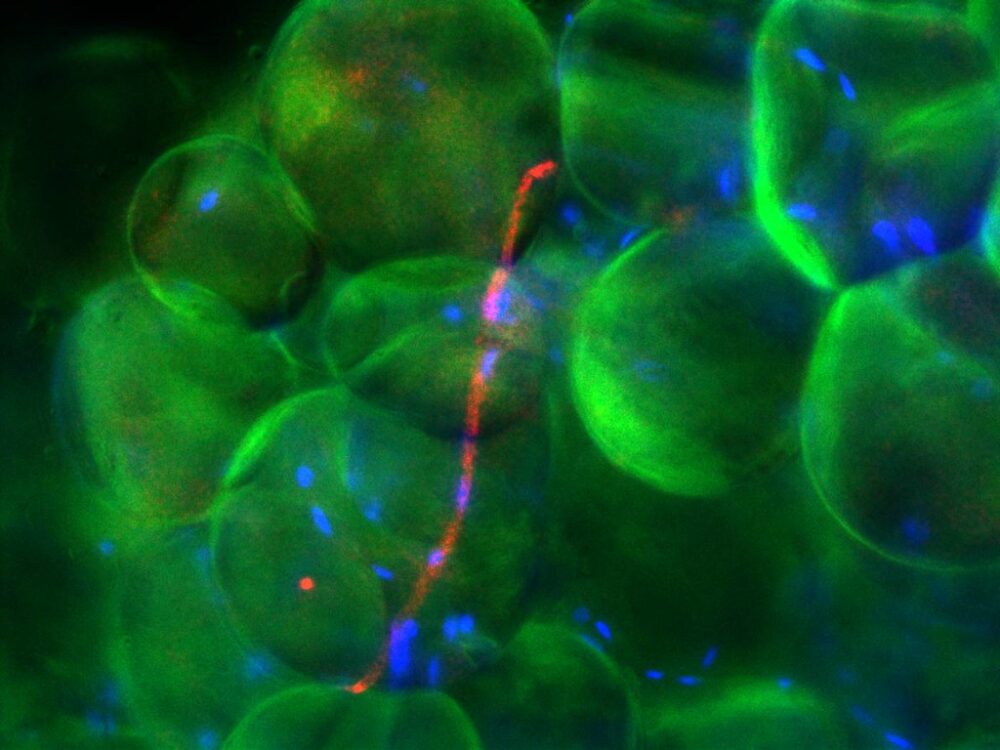It sounds like another spa treatment, takes about 45 minutes, is described to feel like a pedicure, and you can go home right after. But this isn’t just a regular spa appointment – this is cryolipolysis, or the killing of fat cells using extremely cold temperatures. The cryolipolysis procedure, commonly known by the brand name CoolSculpting, applies intense cold on an area of stubborn fat.
The CoolSculpting procedure is an FDA-cleared treatment intended for fat reduction in the thighs, abdomen, flanks, chin, back, and arms. It targets subcutaneous fat, which is the fat just under the skin. It is performed with a device made by Zeltiq Aesthetics, which draws a vacuum on the tissue, then applies extreme cold using cooling panels. The panels maintain constant temperatures by utilizing sensors to monitor heat flux. After the 45 minute procedure, the patient can immediately resume normal activities. Results might not be seen immediately, but they are likely to appear in the next 90 days.
Additionally, surrounding areas were not damaged during the cooling process, showing the technique could be used as a spot-reducing treatment.
The CoolSculpting technique was developed by Dr. Dieter Manstien of Massachusetts General Hospital and Dr. Rox Anderson of Harvard Medical School. The basis of this technique is a phenomenon known as popsicle panniculitis. It was discovered that after infants would suck on popsicles, their fat cells would become inflamed. Drs. Manstein and Anderson hypothesized that fat cells are responsive to extremely cold temperatures, and thus could be killed with intense cold. The topical application of extreme cold was first shown to reduce subcutaneous fat in an animal study conducted in 2008 when treated with a temperature of -1 to -7 degrees Celsius. Additionally, surrounding areas were not damaged during the cooling process, showing the technique could be used as a spot-reducing treatment. Although the mechanism of fat loss isn’t fully understood, histological studies showed that an inflammatory response occurs in the treated area due to adipocyte apoptosis, or death of fat cells. In the next few weeks, macrophages digest and remove the dead cells. Afterward, the inflammatory response decreases, along with a decrease in fat. Studies have shown that a single treatment can eliminate 40 cubic centimeters of fat.
As opposed to other methods of fat removal, CoolSculpting’s largest advantage is that it is entirely non-invasive. Liposuction, the most common method of fat removal, is minimally invasive by inserting a cannula to remove fat using suction. However, even minimally invasive procedures could induce complications. Generally, CoolSculpting has been proven to be safe and effective, although the CoolSculpting website cites a number of possible side effects such as redness, swelling, and aching. Moreover, about 0.01 to 0.1 percent of patients may experience enlargement of the treated area after the procedure. Although it may feel like a pedicure, potential patients should keep in mind the potential side effects and risks if they choose to use CoolSculpting technology.
Although CoolSculpting’s topical application provides the benefit of being non-invasive, it also provides a significant limitation in that the device can only target small areas of fat near the skin. More recently, Drs. Manstein and Anderson developed a method of cryolipolysis which utilizes an injectable ice slurry to kill fat cells. The slurry consists of 10 percent glycerol in saline consisting of 20 to 40 percent ice content which is injected with a syringe. The slurry can be injected to a precise location at any area of subcutaneous fat that can be reached with a needle, providing a significant advantage over CoolSculpting. Another advantage of the ice slurry is the procedure length. As opposed to the 45 minute CoolSculpting procedure, the ice slurry method would take mere seconds.
The slurry can be injected to a precise location at any area of subcutaneous fat that can be reached with a needle, providing a significant advantage over CoolSculpting.
The ice slurry method is relatively new, with the first-in-human trials published in September 2021. The study showed that the ice slurry was generally well tolerated by patients and thermal imaging showed a reduction in fat cells. Histological studies indicated that a fat cell killing mechanism similar to CoolSculpting also occurred with the slurry. More time and research is likely required before ice slurry may be available for patients, but it appears to be a feasible method of cryolipolysis.
The use of extremely cold temperatures to reduce fat is relatively new. Although CoolSculpting is the only method available currently, new methods are currently in research and could be used on patients soon. These methods provide the benefit of an easy procedure with little to no recovery required for the patient. Even if it feels like a simple procedure, it is always important to discuss any potential risks with a health professional.
Sources:
Lasers in Surgery & Medicine (2008). DOI: 10.1002/lsm.20719.
Lasers in Surgery & Medicine (2009). DOI: 10.1002/lsm.20864.
Lasers in Surgery & Medicine (2013). DOI: 10.1002/lsm.22207.
Clinical, Cosmetic and Investigational Dermatology (2014). DOI: 10.2147/CCID.S44371.
Plastic & Reconstructive Surgery (2020). DOI: 10.1097/PRS.0000000000006658.
Plastic and Reconstructive Surgery Global Open (2021). DOI: 10.1097/GOX.0000000000003818.
